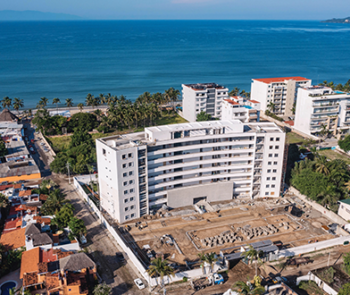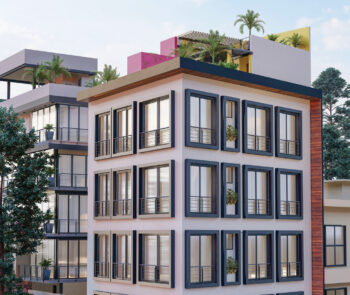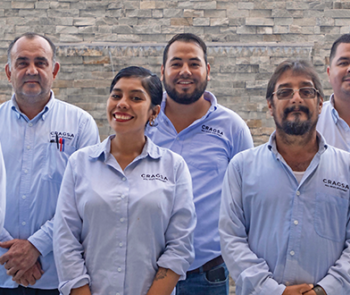Reuse of Disused Buildings
Puerto Vallarta is a relatively young city that has experienced significant urban growth in recent decades, generated by the expansion of the tourism industry in the region and the economic boom that has occurred as a result. Naturally, the real estate sector has been a key element in this development, increasing the housing supply in the face of demographic growth. According to the Observatorio Integral Turístico de Puerto Vallarta y Bahía de Banderas (recovering data from INEGI), Puerto Vallarta went from having a population of 35,911 in the ‘70s to having 275,640 inhabitants in 2015. On the other hand, it notes that, in the 2010 census, Puerto Vallarta and Bahía de Banderas together had a population of 379,886. Naturally, urban sprawl has increased in both municipalities.
With this acceleration phenomenon, in all emerging cities, the disuse of real estate occurs primarily in the central or original areas. In many cases, existing structures are demolished to create new buildings that have different uses or that adapt to the new needs of the market. However, today, increased awareness of the consumption of natural resources and environmental impact has led to new models of sustainable building that can be implemented precisely when there is an earlier structure, and thus reduce the spread of urban areas.
The reuse of disused buildings consists of recycling old buildings to endow them with a new life, by either maintaining or modifying their previous use. Generally, the criteria that come into play in determining whether a building is a candidate for this type of treatment are the physical condition in which it is found, economic factors, conditions of the surrounding environment, as well as its historical or social value.
Some examples of this trend exist in Puerto Vallarta. In the 5 de Diciembre neighborhood, condo CR1275 (1275 Costa Rica street) is one of the most recent examples of architectural recycling. The work was carried out by the Laboratorio de Arquitectura Mexicana (LAM), so Vallarta Real Estate Guide approached Alberto and Andrés Reyes, two of the firm’s partners, to learn about the details of the project.
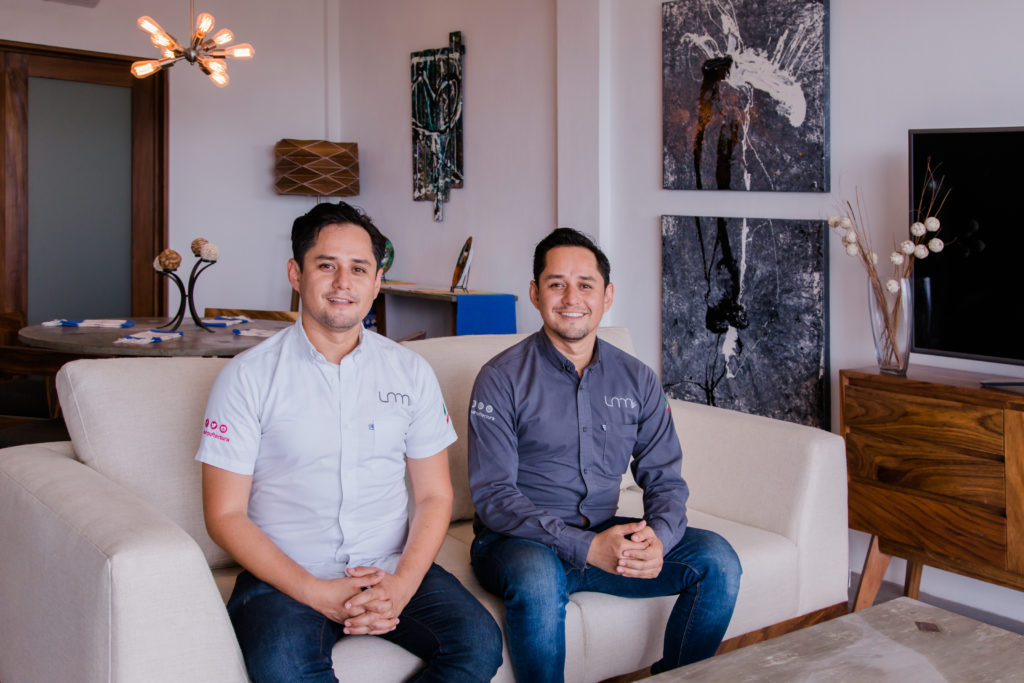
Alberto, an architect, explained that, although the site had previously housed apartments, his team worked on a design that would optimize the spaces and take advantage of natural views. Through a structural analysis, the state of the building was evaluated. “At some points, we had to reinforce it with steel because we intended to expand certain areas, such as balconies. The decision to recover the building was a matter of construction efficiency and a lower environmental impact.”
For his part, Andrés highlighted the neighborhood’s potential to embrace this type of real estate development. “The 5 de Diciembre neighborhood is very interesting because there have been several urban improvement initiatives. In the past, it was configured as one of the city’s main commercial areas, so the entire supply area is nearby. However, as in many of Puerto Vallarta’s traditional communities, the population has been aging and moving to other places. However, many homes are currently in the process of being revitalized. Those that were single-family homes are now being redefined as vertical multi-family dwellings. I think that in the next few years it will be a very competitive area.”
Puerto Vallarta’s El Centro, Gringo Gulch and Romantic Zone neighborhoods are other areas that could embrace the recovery of real estate, as they have high demand for real estate and relatively old buildings. In addition, within these zones there is another opportunity: preserve elements of typical architecture.
Another example of architectural reuse is found on Amapas street, one block from Los Muertos beach. This is the boutique hotel Villa Mercedes Petit Hotel, which is built on what used to be a family-owned estate that dates back to 1953 and had different uses. Over the years it fell into disuse and its restoration took several stages due to a significant state of deterioration. Architect Óscar Morán Guillén (grandson of the original owners) explains that although the interior spaces and configurations have gone through several modifications, the structure of the building remains and the works to bring its architectural identity back continue to date.
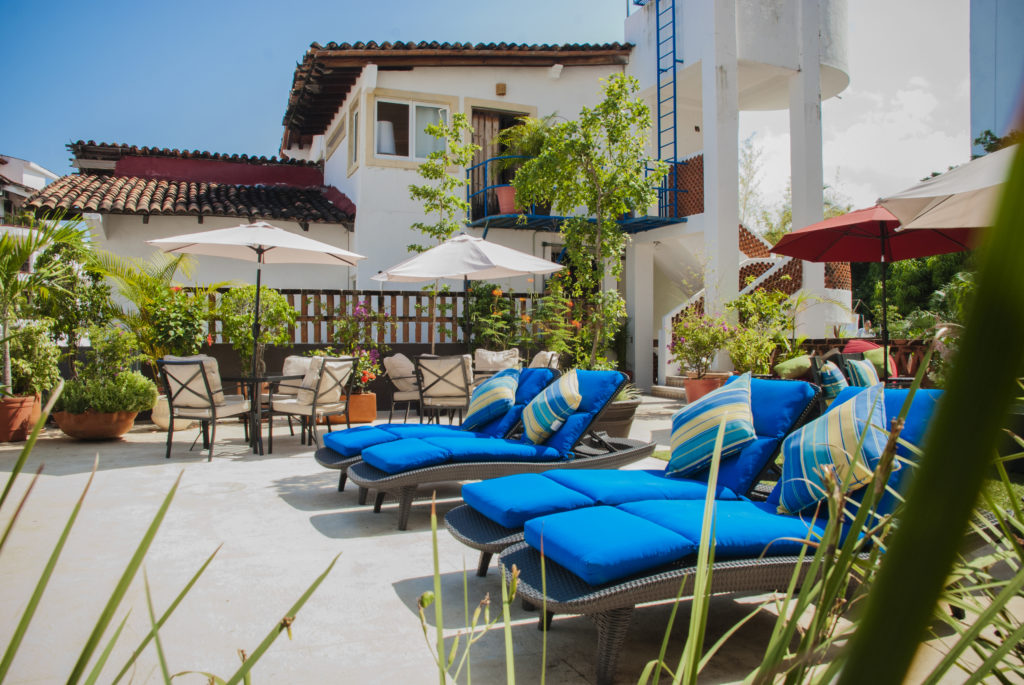
Additionally, Morán developed a second project on a property located in El Centro (293 Iturbide street), which remained abandoned for seven years. By retaining the façade and the first two floors of the original structure, and expanding vertically, the building now features a rooftop pool and views towards the sea. Today, the condominium meets attractive the market’s demands but also keeps traditional elements.
Morán is currently in charge of the reuse of a third property, originally built by Freddy Romero (creator of the Estilo Vallarta architectural style) and located in the area known as Gringo Gulch. Similarly, this restoration involved a vertical expansion to provide the building with views.
Although each project requires specific evaluation to determine its feasibility, this construction model can mean a reduction in costs, as it reduces the acquisition and transportation of materials, as well as energy consumption in the production process.

